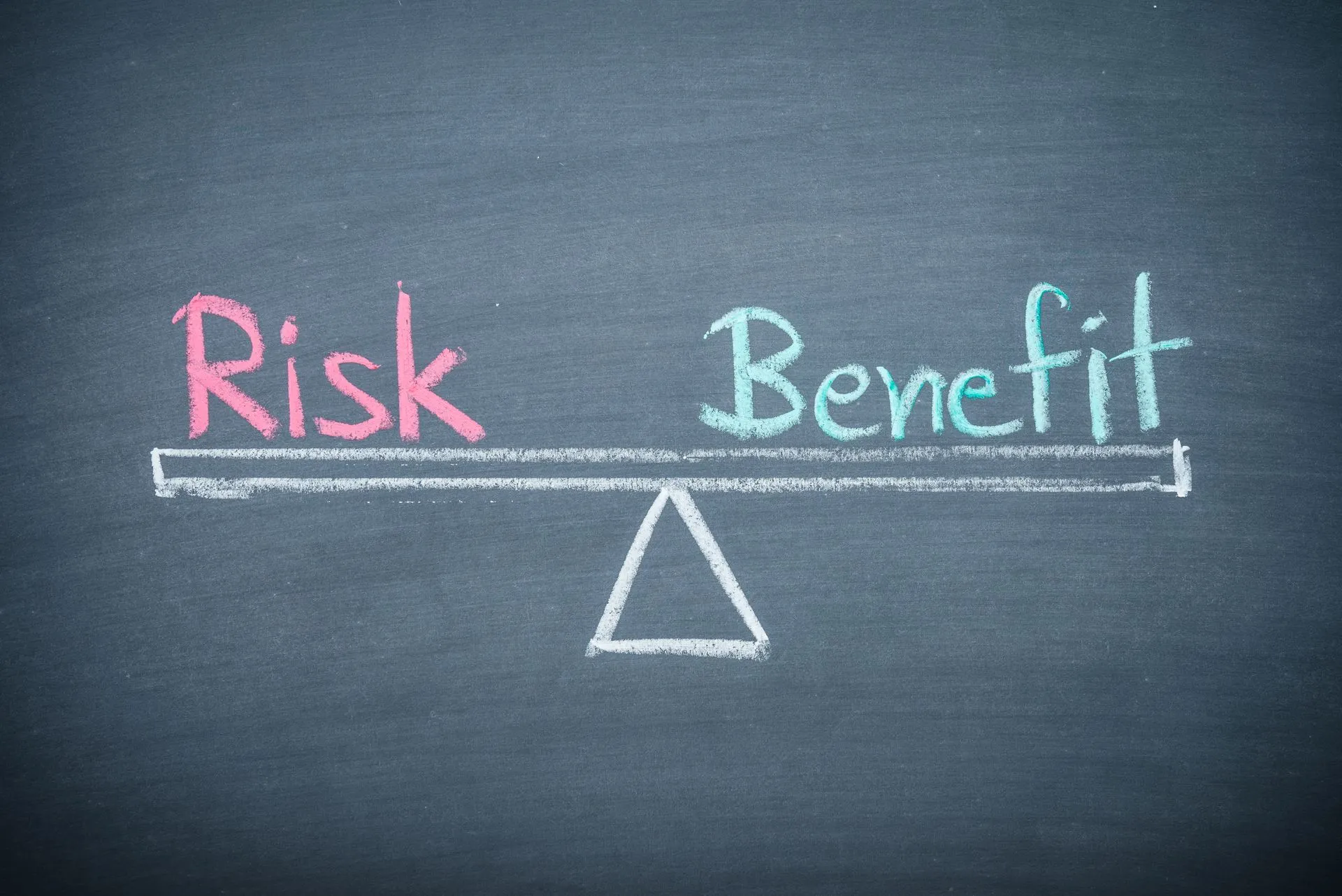
While risk-benefit analysis is typically associated with decision-making in business, healthcare and finance, it’s also relevant in the field of liability law. A risk-benefit analysis can be used in determining whether it’s possible to hold a business liable for injuries in a product liability claim. The outcome of a risk-benefit analysis may not correlate perfectly with the results of litigation, but it can help determine the feasibility of a claim.
The basic aim of the analysis is to determine both the risks and the benefits of a product and figure out if it meets expectations. At its core, a risk-benefit analysis is a balancing test to gauge whether the benefits outweigh the risks or vice versa.
Product Liability Cases
In product liability cases, both manufacturers and sellers must make sure that the benefits outweigh the risks of their product. If this is not the case, then the product may be considered unsafe and inappropriate for distribution and sales.
For example, if a newly released arthritis drug is causing liver damage, a risk-benefit analysis may be key to determining whether the pharmaceutical company should be held liable for resulting injury claims.
The risk is obviously liver damage, but it would be necessary to get a baseline of the percentage of patients experiencing the damage as well as the average level of damage. Those results would need to be weighed against the benefits of the drug. If it’s restoring pain-free mobility to many patients who struggled to live normal lives beforehand, the benefits may be considered great and potentially even outweigh the risks.
At that point, the plaintiff’s legal team, along with their experts, may attempt to show that there were safer alternatives available that would have accomplished the same goal without the liver damage. The pharmaceutical company may defend themselves by demonstrating no safer alternative existed when the drug was first developed.
Knowledge of the risk would also be key. The company may have evidence that they did proper testing, but the liver damage risk was not discovered until the product was released. Plaintiffs may argue the risk was known but wasn’t disclosed to patients and doctors. The case may hinge on whether plaintiffs can prove the risk was known (or should have been discovered) and was unreported or whether it was discovered after release.
There is a degree of personal accountability in these scenarios as well. Was the patient informed of the risk for liver damage yet took the drug anyways? Did the benefit of pain relief outweigh the risk? Or was the side effect not listed, or was its likelihood downplayed?
All of the above factors could play into the balancing test. There are scenarios where, in a perfect world, the pharmaceutical company would have done things differently, but the benefits still outweigh the risks. Conversely, plaintiffs may prevail if they compile a compelling case showing that, despite the benefits, the risks made the drug too dangerous for sale.
Factors Influencing Ohio’s Risk-Benefit Analysis
Certain factors play an important role in influencing the risk-benefit analysis to determine whether or not the product’s benefits outweigh its risks.
- Product Design and Safety: Were there alternative solutions to mitigate risk without compromising function?
- Warning Labels and Instructions: If a product does contain risks that cannot be prevented, were warning labels and instructions provided and clear?
- Consumer Expectations: Should the average customer reasonably expect a certain degree of safety or is the risk of the product implicit in its function and warnings?
Challenges and Considerations of a Risk-Benefit Analysis
A risk-benefit analysis comes with certain challenges and considerations that impact the consumer, manufacturer and legal professionals including:
- Expert Testimony: Testimony given by experts of the product may provide insights into the industry standards, alternative designs and if any measures could have been taken to reduce risks of the product.
- Complex Legal Landscape: Legal professionals who understand personal injury litigation can help build a strong product liability case as they are aware of the complexities of a risk-benefit analysis.
- Evolving Standards: It’s important for product liability attorneys to stay up to date on changing standards within certain consumer product fields and precedents that may impact analysis and claim outcomes.
Have You Been Injured By a Dangerous Product in Ohio?
If you have been injured by a dangerous product in Ohio, the team at the Buckeye Law Group is here to guide you. Our seasoned professionals understand the complexities of risk-benefit analysis and are committed to advocating for your rights.
Take the first step by giving us a call at 1-800-411-PAIN to schedule your free consultation or fill out the form here on our website today.
Medical Negligence That Leads to Amputation
When a Preventable Mistake Costs a Limb Losing a limb is one of the most traumatic medical outcomes a patient can experience. While some amputations are unavoidable due to trauma
Anesthesia Mistakes in Ohio Hospitals: What You Should Know
The Silent Danger During Surgery Anesthesia is one of the most important—and most dangerous—parts of any surgery. When administered correctly, it allows patients to undergo life-saving procedures without pain. But
How Medical Malpractice Causes Brain Damage in Adults
Understanding a Life-Altering Injury Brain damage in adults can lead to a lifetime of challenges—both for victims and their families. Whether it results in cognitive decline, loss of mobility, or
Misdiagnosed Heart Attacks: A Deadly Medical Mistake
When Seconds Matter, Doctors Must Get It Right Every year, thousands of patients visit hospitals and urgent care centers with chest pain—only to be sent home with the wrong diagnosis.
The Role of Driver Fatigue in Semi-Truck Crashes
When Drowsiness Becomes Deadly on the Highway Fatigue is one of the leading causes of semi-truck accidents in the United States. Truck drivers often work long hours on tight deadlines,
Was the Trucking Company Negligent? Here’s How to Tell
Looking Beyond the Driver After a Truck Accident When a semi-truck causes a serious crash, most people focus on the driver. But often, the trucking company behind the wheel is
Left-Turn Motorcycle Accidents: A Common But Serious Risk
The Hidden Danger at Intersections For motorcyclists, the most dangerous place on the road isn’t a highway—it’s an intersection. Specifically, left-turn accidents are one of the most common and deadly
How Bias Against Motorcyclists Affects Legal Claims
The Unseen Barrier to Fair Compensation Motorcyclists face real dangers every time they hit the road. From distracted drivers to unsafe infrastructure, riding in Ohio comes with significant risk. But
What Are Class Action Lawsuits? Understanding Your Rights in Group Litigation
A Powerful Legal Tool for Everyday People When large companies harm many people—whether through dangerous products, false advertising, or wage violations—individual lawsuits can be overwhelming and expensive for victims. A
Truck Accidents in Ohio: Why They’re More Complicated Than Car Accidents
Understanding the Unique Challenges of Truck Accident Cases Accidents involving large commercial trucks are unfortunately common on Ohio’s highways, and they’re often far more devastating than a typical car accident.
